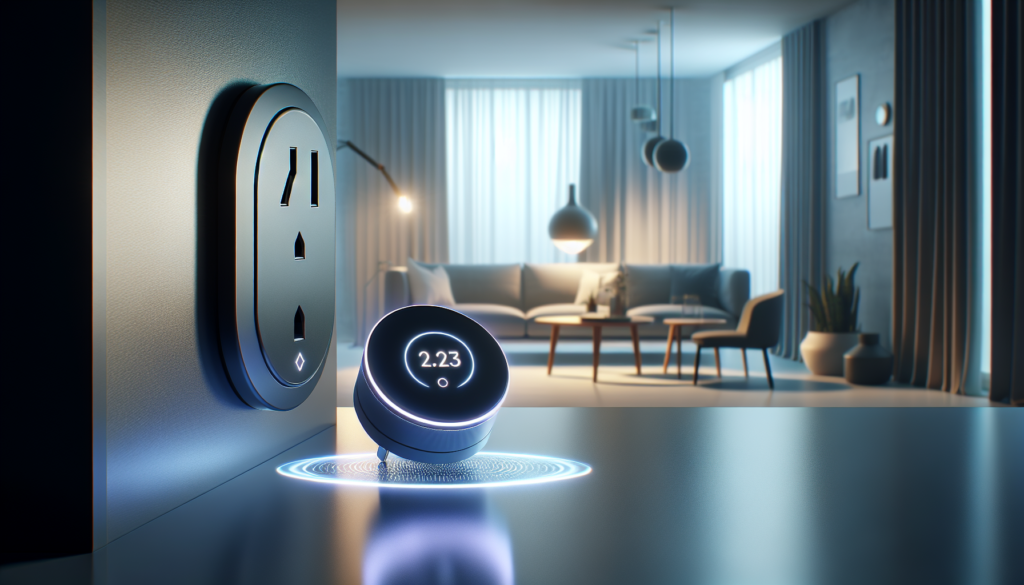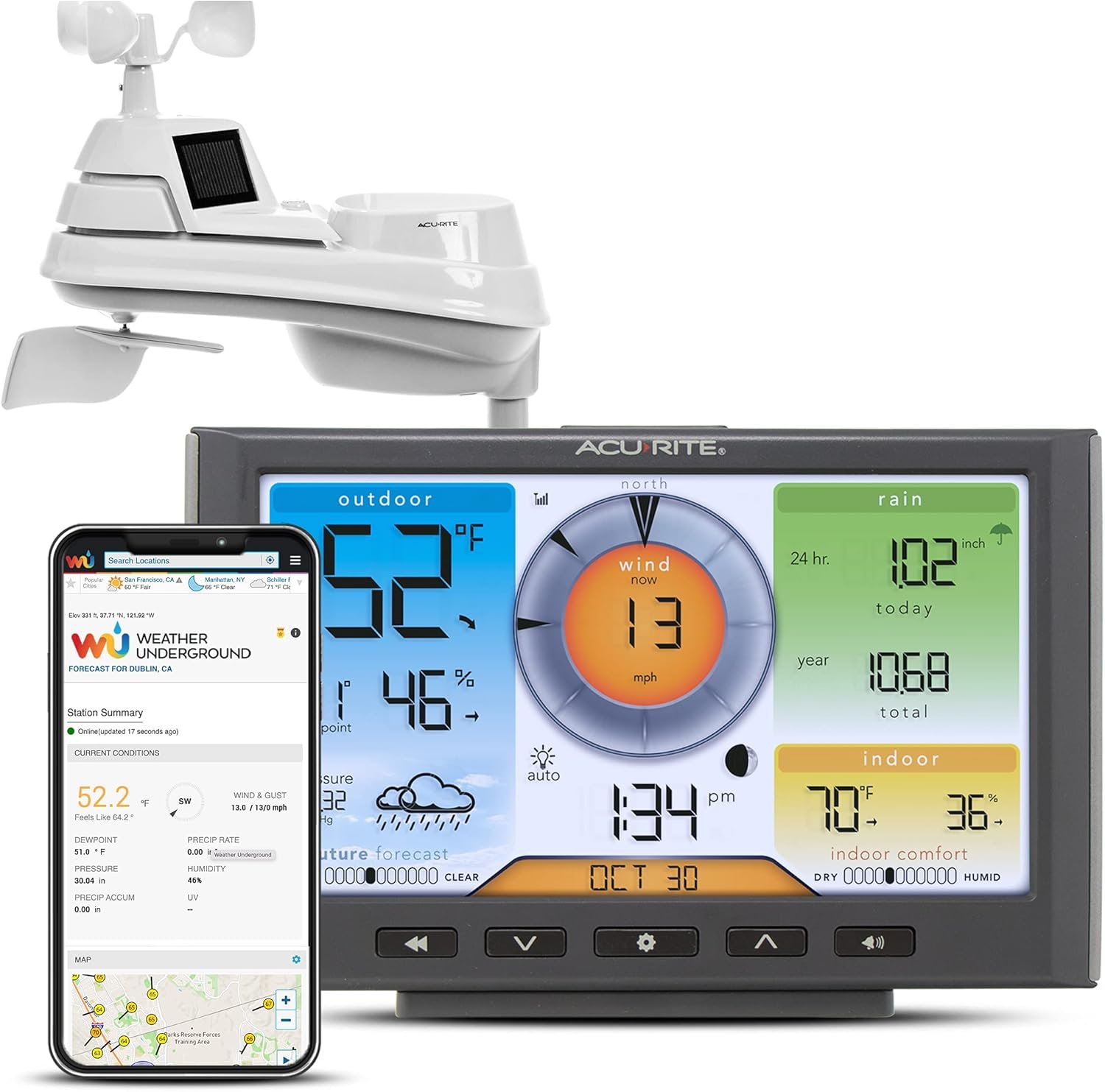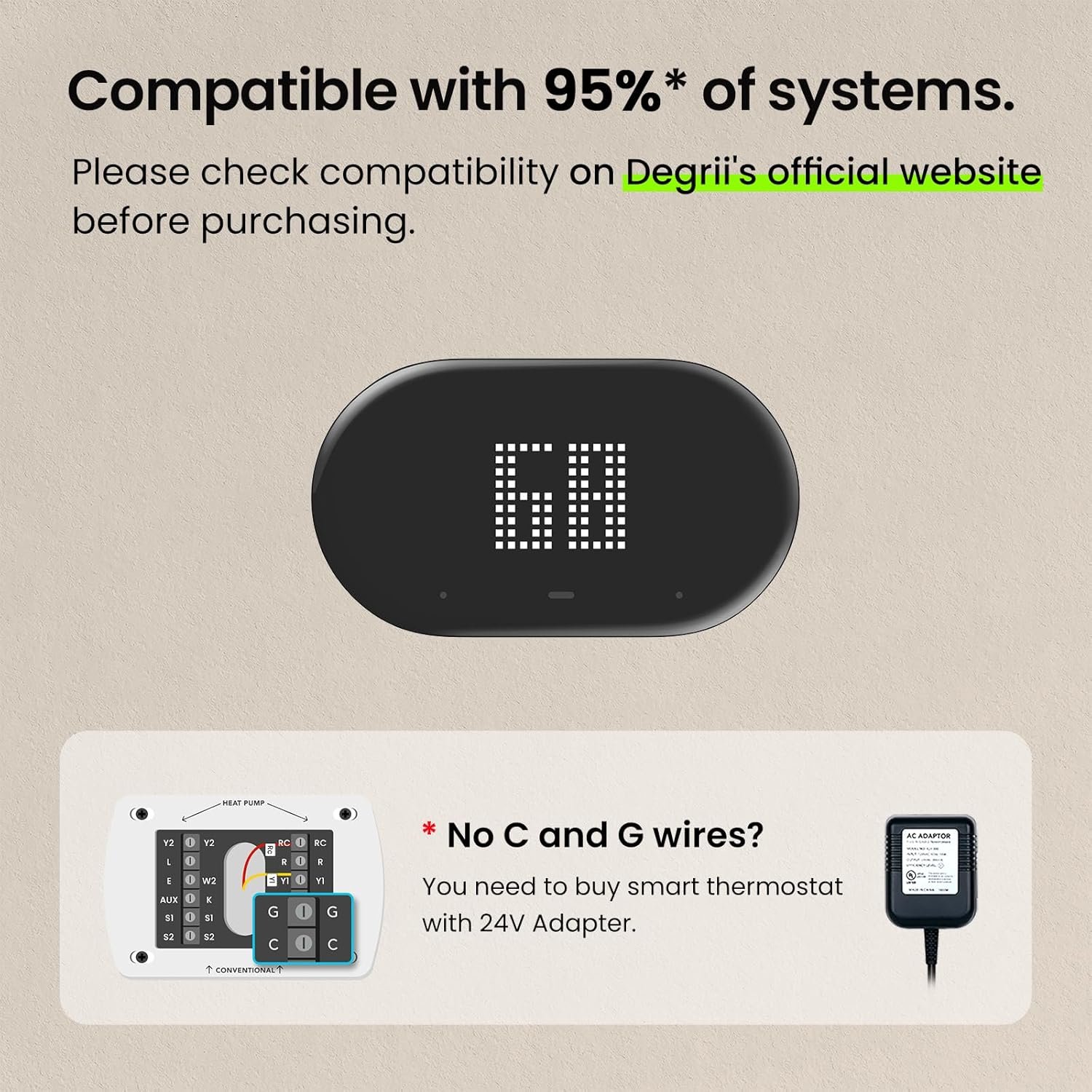Have you ever wondered how you could turn your everyday home appliances into smart devices with minimal effort? Imagine being able to control your lamp with a simple voice command or scheduling your coffee maker to start brewing as soon as you wake up. This is where smart plugs come into play, transforming regular outlets into intelligent power sources that can be programmed and monitored with ease. As we delve into 2025, let’s explore the top smart plugs that are revolutionizing home automation.
What Are Smart Plugs and How Do They Work?
Smart plugs are compact devices that plug into your standard electrical outlets, allowing you to control whatever is plugged into them via a smartphone app, smart speakers, or voice commands. Imagine them as a bridge between traditional electrical power and futuristic smart technology. By turning a conventional device on or off remotely, they provide both convenience and control.
Understanding Smart Plug Connectivity
The magic behind smart plugs stems from their ability to connect to your home Wi-Fi network. Once they’re connected, you can control them through a dedicated app or via voice assistants like Amazon Alexa, Google Assistant, or Apple’s Siri. This connectivity simplifies automation and remote access, granting you the power to manage your appliances from virtually anywhere.
The Benefits of Using Smart Plugs
Smart plugs offer various advantages for different user requirements:
- Convenience: Automate tasks such as turning off lights or heating with a simple tap.
- Energy Efficiency: By scheduling your devices, you reduce unnecessary energy consumption, contributing to lower electricity bills.
- Security: Control lights and devices when away from home to deter potential intruders.
- Adaptability: Perfect for renters who can’t make permanent changes to their residences.
- Ease of Use: Intuitive setup with user-friendly apps makes them accessible even for tech novices.
Why Choose Smart Plugs Over Traditional Plugs or Smart Switches?
When exploring home automation, you might find yourself choosing between smart plugs, traditional plugs, or smart switches. Each option has unique characteristics and benefits.
| Feature | Smart Plugs | Traditional Plugs | Smart Switches |
|---|---|---|---|
| Control | Remote control via app/voice | Direct physical switch control | Built-in switch with remote control capability |
| Installation | Plug-and-play, no wiring needed | Simple plug-in | Requires electrical wiring |
| Flexibility | Can move with you, suitable for renters | Static, non-moveable | Limited applicability due to wiring |
| Automation | High, with scheduling and energy monitoring | None | Moderate |
| Cost | Affordable and accessible | Cheapest option | Often more expensive than plugs |
The Case for Smart Plugs
Smart plugs stand out as an excellent choice, particularly for those who want a fuss-free solution to home automation. They’re generally cost-effective, don’t require professional installation, and provide significant energy and security advantages.

How to Choose the Best Smart Plug for Your Needs
Selecting the right smart plug involves understanding your specific needs and preferences. Here are a few factors to guide your decision.
Compatibility with Voice Assistants
If you’re already using smart home systems like Alexa, Google Assistant, or Siri, choose smart plugs that are compatible with these platforms to maximize convenience.
Energy Monitoring Capabilities
If reducing your energy footprint is a priority, opt for smart plugs that offer energy monitoring features. These let you track your power usage in real-time, helping you identify devices that consume the most electricity.
Scheduling and Automation Features
Investigate the level of control the smart plug offers over scheduling. Some plugs allow precision in setting different schedules for various days or even trigger actions based on conditions like sunrise and sunset.
App Usability and Functionality
A plug’s usability often hinges on its app’s design and features. Look for apps that are intuitive and provide robust features such as grouping, scene control, and seamless integration with other smart devices.
Size and Design
Ensure the smart plug’s size won’t block other outlets or is aesthetically pleasing in your home setting. Sleek designs offer the functionality without compromising your room’s decor.
The Best Smart Plugs for Home Automation in 2025
Here are some top smart plug options that are gaining popularity in 2025, enhancing home automation through advanced technology.
1. TP-Link Kasa Smart Wi-Fi Plug Mini
With its compact form and seamless integration with most ecosystems, the TP-Link Kasa is an excellent choice for beginners. Its reliability and feature-rich app make it a standout choice.
2. Wemo Mini Smart Plug
Known for its integration capability, the Wemo Mini doesn’t require a third-party hub. It offers impressive scheduling features and is compatible with major voice assistants.
3. Philips Hue Smart Plug
Perfect for smart light enthusiasts, the Philips Hue Plug complements existing Hue lighting setups and offers easy control over non-smart lights.
4. Amazon Smart Plug
Ideal for Alexa users, the Amazon Smart Plug is designed for a seamless experience with Alexa-enabled devices, providing easy voice-controlled automation.
5. Eve Energy Smart Plug
For Apple HomeKit users, Eve Energy provides a secure and privacy-focused smart plug with robust energy monitoring and automation features.

Step-by-Step Setup Guide for Smart Plugs
Installing your smart plug is straightforward. Here’s a step-by-step guide to getting started.
Step 1: Unbox and Inspect the Smart Plug
Remove the smart plug from its packaging and ensure all components are present and undamaged.
Step 2: Read the User Manual
Familiarize yourself with the manual, noting any specific device instructions or app download requirements.
Step 3: Download and Install the Smart Plug App
Install the manufacturer’s app on your smartphone and create an account, if necessary.
Step 4: Connect the Smart Plug to Power
Insert the smart plug into a working wall outlet. Ensure it has power and displays the appropriate connection indicator light.
Step 5: Establish Wi-Fi Connectivity
Follow app instructions to connect the smart plug to your Wi-Fi network, ensuring proper configuration for remote access.
Step 6: Pair with Voice Assistants
If desired, link the smart plug with your preferred voice assistant for effortless control.
Step 7: Set Up Schedules and Automations
Experiment with creating schedules, automation rules, and other functionalities to suit your needs.
Addressing Common Connectivity and Security Concerns
Connectivity and security are pivotal to smooth smart plug usage. Here’s how to tackle common issues.
Connectivity Challenges
If your smart plug struggles to maintain a steady connection, it could be due to:
- Wi-Fi Range: Ensure your smart plug is in range of Wi-Fi signals.
- Network Congestion: Limit the number of devices connected to your Wi-Fi to ease congestion.
- Firmware Updates: Keep your device’s firmware updated for optimal performance.
Security Measures
Ensure your smart plug usage is secure:
- Strong Passwords: Use strong, unique passwords for your app accounts.
- Two-Factor Authentication: Enable it when available for enhanced security.
- Network Security: Ensure your home’s Wi-Fi network is encrypted and secured with a robust password.
The Future of Smart Plug Technology
Looking ahead, smart plugs are poised to evolve with advancements in home automation.
Emerging Trends
- AI Integration: Expect smarter automation and increased personalization with artificial intelligence aiding plug functions.
- Sustainability Focus: Greater emphasis on energy-efficient solutions and materials to align with eco-friendly objectives.
- Augmented Connectivity: Improved wireless technologies, including 5G connectivity, for more reliable and expansive control.
Innovations on the Horizon
Prepare for developments like built-in sensors for environmental monitoring, predictive usage features leveraging machine learning, and tighter integration with smart home ecosystems.
Conclusion
Smart plugs represent a simple yet transformative entry point into the world of smart home technology. They offer convenience, energy efficiency, and heightened security, whether you’re a seasoned tech enthusiast or just beginning your smart home journey. By understanding their potential and selecting the right features for your needs, you can effectively modernize your home’s technology infrastructure with ease.
Disclosure: As an Amazon Associate, I earn from qualifying purchases.





